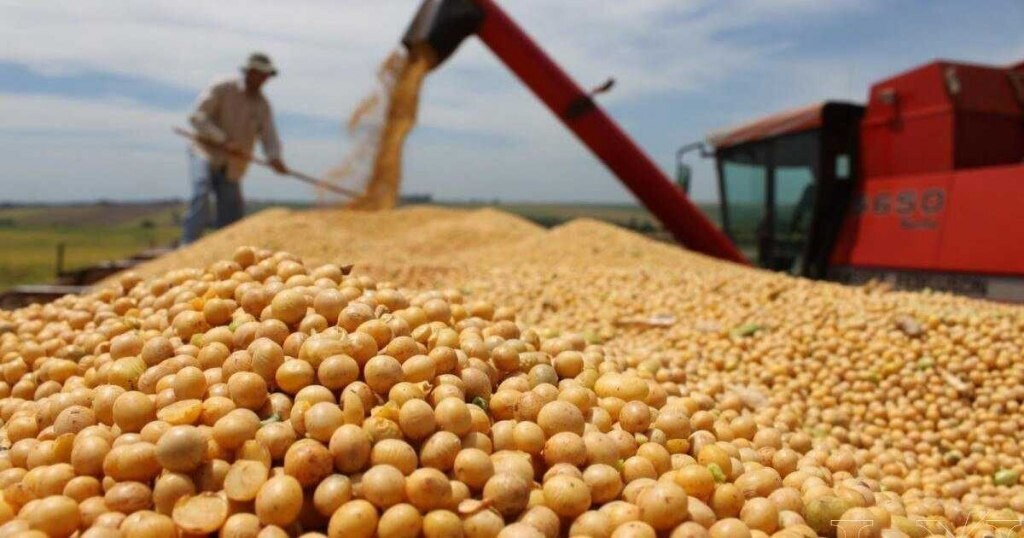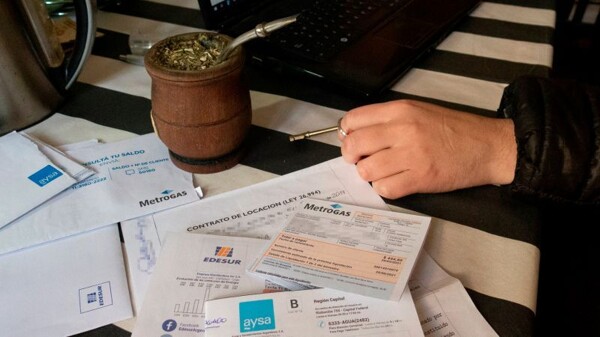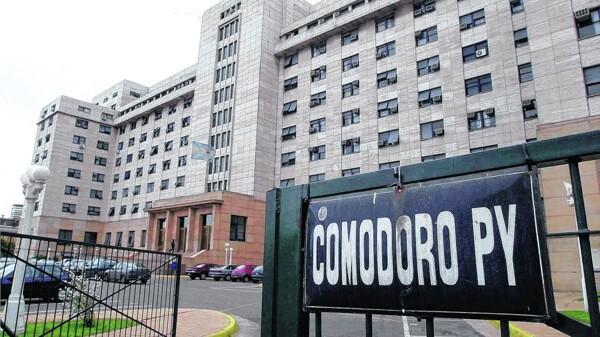
In the last month of the year 2024, the exports of the regional economies of Buenos Aires, CABA, and Central Argentina recorded a significant increase, according to a report from the Argentine Confederation of Medium Enterprises (CAME). In total, Buenos Aires and CABA had export revenues of USD 4,461.7 million, reflecting a year-on-year increase of 28.8%.
The livestock complex was the most representative in its exports, reaching USD 425.5 million, which accounts for 9.5% of the total exported by the region. Meanwhile, Central Argentina, which includes the provinces of Córdoba, Entre Ríos, and Santa Fe, exported USD 1,782.5 million, representing 20.4% of the country's sales abroad.
The Export Monitor of Regional Economies reported that the exports of these economies grew by 23.8% in dollars and 25.7% in tons compared to the previous year. The average export price stood at USD 1,191 per ton, showing a decrease of 1.5% compared to 2023 due to the decline in international prices.
According to CAME's statement, the regional economies demonstrated a strong recovery power after adversities such as droughts and frosts, driven by reduced inflation and greater macroeconomic stability. Regarding Buenos Aires and CABA, which account for 50.9% of the total exported by the regional economies, a significant increase of 39.7% in international trade was noted.
The peanut complex was the most relevant in these regions, with exports totaling USD 1,086.8 million, representing 60.9% of the total exported by the region. In terms of export destinations, Europe was the main recipient, with the Netherlands standing out, representing an increase of 14.8% in exported dollars.
Concerning regional exports to Europe, sales from the peanut complex reached USD 1,122.9 million, representing 40% of the exports to the continent. Córdoba was the province that exported the most, with a total of USD 870.5 million.
The volatility of international prices and the opening of new markets for products from regional economies were highlighted, as well as a change in the scenario compared to previous semesters marked by political uncertainty and high exposure to inflation by exporting entrepreneurs.













